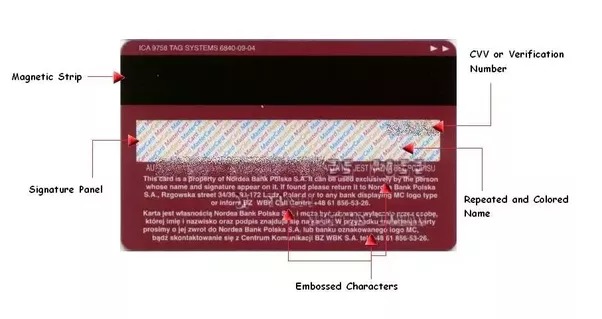Magnetic Card
After World War II, the magnetic storage appeared in 1950. Then in 1969, Forrest Parry, an IBM engineer invented the first magnetic stripe card. This is a kind of card that capable of storing data in a strip composed of iron particles in plastic film. In 1970 and the following two years, the IBM IRD engineers developed the magnetic stripe to plastic cards by using a hot stamping method. Moreover, they developed the process for encoding the magnetic stripe by using the IBM Delta Distance C Optical Bar Code format. Such improvement made the card more reliable to be applied in banks, insurance companies, hospitals and many others. Development of the bar code encoding technology also improved the security of using this card. Later, in order to put it into market, international standards for stripe record content were created, field testing of the proposed device and standards for market acceptance were done, manufacturing steps needed to mass-produce the large number of cards were improved, stripe issue and acceptance capabilities were also added to available equipment.
For the function of a magnetic stripe card, Investopedia made the following description:
“The magnetic stripe on a credit card contains three horizontally stacked tracks, each of which stretches across the full width of the card and occupies a portion of the magnetic stripe. Each track is capable of holding a different amount and type of data. These tracks contain the credit card account number, name, expiration date, service code, and card verification code. Credit cards primarily or exclusively use the first two tracks. The third one sometimes contains additional information, such as a country code or currency code. Other types of magnetic stripe cards use all three tracks.”
In 1970s, along with the exercise of Reform and Opening-Up policy, the magnetic card was imported to China. After its introduction, the magnetic stripe card soon interweaves with many aspects of people’s life. When it frees people from carrying a bundle of cash, during the early years, charging cards gave the card holder a sense of status. Later when using card became common in daily life, e-commerce sprang up on the market, which greatly changed our life within decades.
Unlike cash which minted for circulation, the credit card holds user’s private information that makes every payment personal. Even today (though issued by financial institutions, retailers and other creditors) our cards represent us as individuals— We carry them with us every day, when our identities quietly embedded within these stripes.
"Magnetic stripe card." Wikipedia. last modified October 10, 2019. https://en.wikipedia.org/wiki/Magnetic_stripe_card.
"How does the magnetic strip of credit cards work? What's the science behind that?" Quora. Accessed December 4, 2019. https://www.quora.com/How-does-the-magnetic-strip-of-credit-cards-work-Whats-the-science-behind-that.

